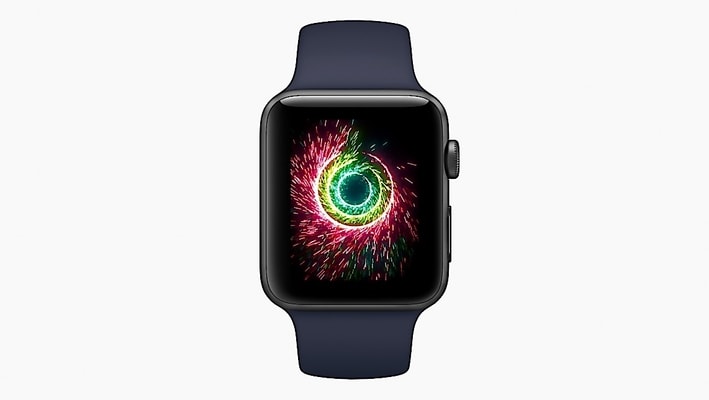
If you have an Apple Watch, your iPhone is always monitoring what you’re doing. Which is kind of creepy, but you can relax as it’s just looking at your activity. But if you’re wondering how you’re doing over a period of time, you can actually do this with the Activity app for the iPhone. It’s technically the Health app that syncs most of your Apple Watch’s activity data. But Apple still offers a stand-alone Activity app to get a more concentrated look at your fitness. Essentially, the app is helping you track your activity. You won’t be able to use the app, unless you have one of the Apple Watches.
You can view a lot of data within the app. I have reset my phone a few times, without backing up my Activity data, so I only have a few months worth. But you can see an individual day’s Move, Exercise and Stand goals for past workouts. But it can do a lot more.

In the History tab of your Activity app, you’ll see a calendar view with three Activity circles — Move, Exercise, and Stand — in place of traditional calendar events. Every day shows how close you were to achieving or succeeding that goal; in addition, any day you log a workout will receive a green dot in the upper right corner.
- Open the Activity app for iPhone.
- Tap on the History tab.
- Scroll through your past activity rings.Note: If you drag your finger to the right on this screen, you can see each week’s average movement goal, and whether you met, exceeded, or lost ground on that goal.

If the month view isn’t quite in depth enough, you can tap on any of the dates to zoom into that day’s view. To switch form day to day, you can either tap on different days in the week viewer, or do a full press left to right swipe on the main display to advance or move back a day. A brief animation will play, displaying how far you got in your Activity progress for that day; from there, you can scroll down to see a detailed hour-by-hour breakdown of your Move calories, exercise minutes, and stand hours. Each is presented by default as a 24 graph, but you can also swipe left on the cards to get the straight numbers.
In addition, if you’ve hit any achievement milestones, those will be displayed in an achievements section. These live above any workouts you performed, along with their length. You’ll also get a few basic metrics like steps and distance, which display every day whether you’ve worked out or not. While you can view your day’s workout in detail from the History screen, you can get a much better sense of your workouts on both a grand scale and detailed one from the Workouts tab.

Like History, Workouts organizes your workouts by month and year, but in a slightly different interface: In year mode, Workouts displays a brief overview of each month, the number of workouts you’ve done, the total time spent, and calories burned, along with averages for time and calories. There’s also an option in the upper right corner (hidden behind “All Workouts”) that allows you to Filter the types of workouts you display.
Tap on a month, and you’ll get a workout-by-workout breakdown for each one you’ve done that month, along with dates, workout types, and total calories burned. In month view, as in year view, you can filter those workouts by type.

If you’re on watchOS 4, that scatter plot graph is available for all your workouts — not just the ones you’ve done since upgrading — though you may not see data on Heart Rate Recovery for older workouts. If you’ve logged a workout with a GPS or GPS + Cellular watch, you’ll also get information about your elevation gains, location, weather, and more. Which is a really great feature as you can view what you’ve done right in the Activity app. You no longer need an additional app in order to get this. Although, you can still get one, but Apple is definitely trying to make it a bit easier for you to keep track of your health activity.



